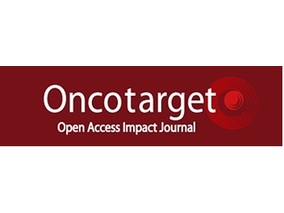 “The protective effect of cannabidiol (CBD), the non-psychoactive component of Cannabis sativa, against neuronal toxicity induced by cadmium chloride (CdCl2 10 μM) was investigated in a retinoic acid (RA)-differentiated SH-SY5Y neuroblastoma cell line.
“The protective effect of cannabidiol (CBD), the non-psychoactive component of Cannabis sativa, against neuronal toxicity induced by cadmium chloride (CdCl2 10 μM) was investigated in a retinoic acid (RA)-differentiated SH-SY5Y neuroblastoma cell line.
CBD (1 μM) was applied 24 h before and removed during cadmium (Cd) treatment. In differentiated neuronal cells, CBD significantly reduced the Cd-dependent decrease of cell viability, and the rapid reactive oxygen species (ROS) increase.
CBD significantly prevented the endoplasmic reticulum (ER) stress (GRP78 increase) and the subcellular distribution of the cytochrome C, as well as the overexpression of the pro-apoptotic protein BAX. Immunocytochemical analysis as well as quantitative protein evaluation by western blotting revealed that CBD partially counteracted the depletion of the growth associated protein 43 (GAP43) and of the neuronal specific class III β-tubulin (β3 tubulin) induced by Cd treatment.
These data showed that Cd-induced neuronal injury was ameliorated by CBD treatment and it was concluded that CBD may represent a potential option to protect neuronal cells from the detrimental effects of Cd toxicity.”




